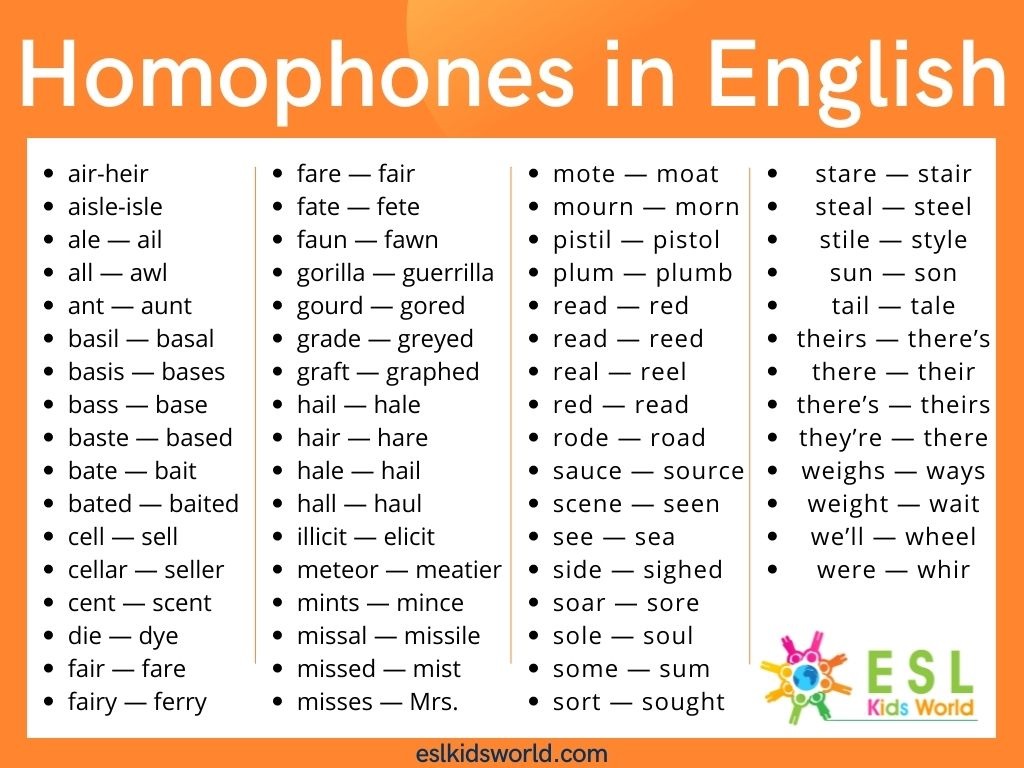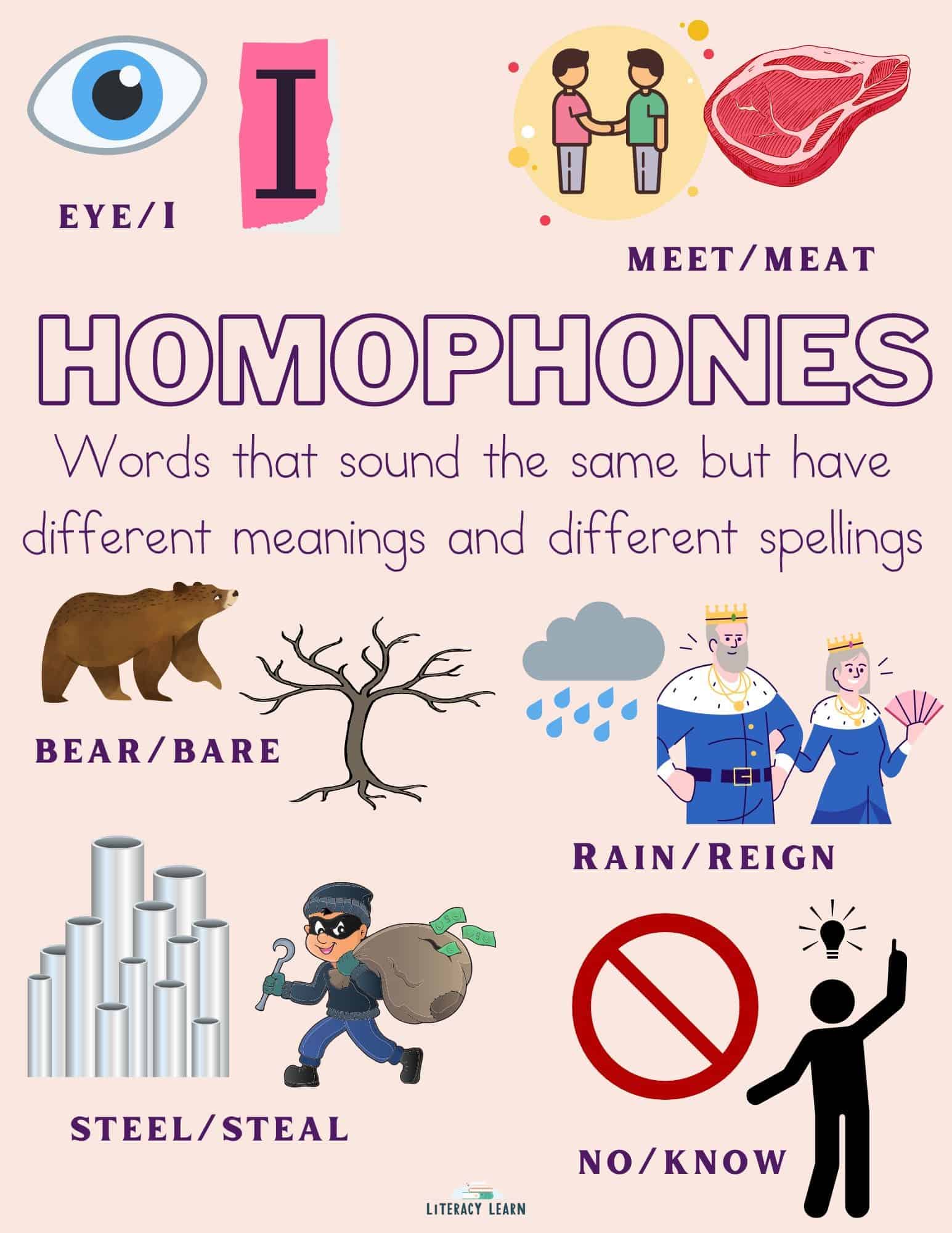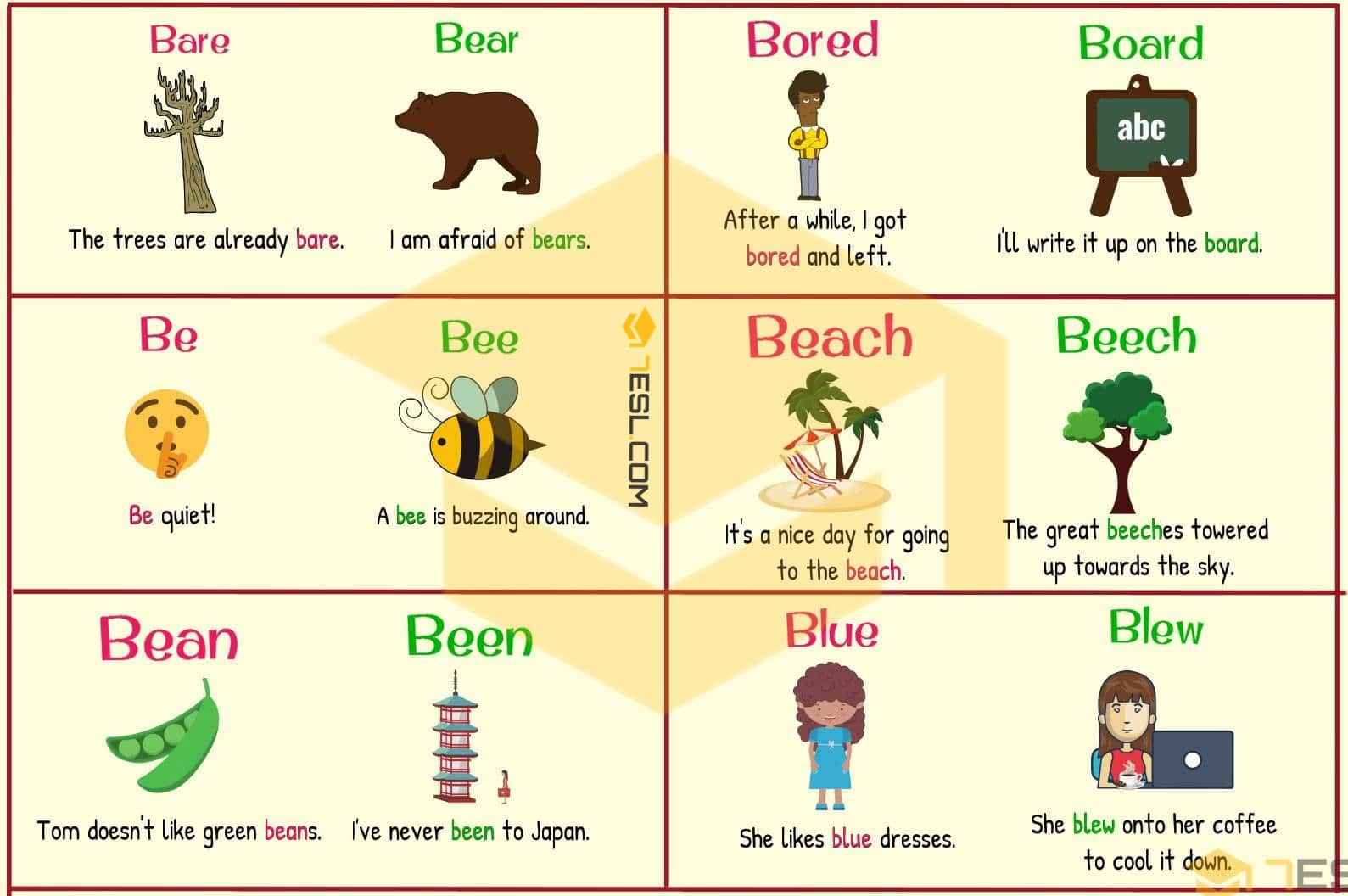Language is full of surprises, and one of the most intriguing aspects is the existence of homophones—words that sound alike but have different meanings. In the animal kingdom, we find a unique subset of these linguistic wonders: new homophone animals. These creatures, whose names sound like other words, offer an exciting opportunity to explore both language and nature.
Understanding new homophone animals enriches our knowledge of biodiversity while also enhancing our appreciation for the nuances of language. From the playful puns to the educational value they bring, these animals are more than just curiosities—they are gateways to deeper learning experiences.
This article delves into the world of new homophone animals, exploring their characteristics, habitats, and the linguistic connections that make them so fascinating. Whether you're a language enthusiast or a wildlife lover, there's something here for everyone to enjoy and learn from.
Read also:Sour Patch Adults The Ultimate Guide To Adult Versions Of A Childhood Favorite
Table of Contents
- What Are New Homophone Animals?
- Examples of New Homophone Animals
- Biological Significance of New Homophone Animals
- Linguistic Connections
- Conservation Efforts for New Homophone Animals
- Unique Characteristics of New Homophone Animals
- Cultural Impact of New Homophone Animals
- Educational Value
- Scientific Studies on New Homophone Animals
- Future Perspectives
What Are New Homophone Animals?
New homophone animals are creatures whose names sound like other words, creating a delightful play on language. For example, the "sea horse" sounds like "see more," while the "blue jay" can be mistaken for "blue day." These linguistic coincidences are not just amusing; they provide a unique way to connect language and biology.
These animals often spark curiosity and interest in both children and adults. By learning about them, we gain insights into the diversity of life on Earth and the complexity of human language.
Examples of New Homophone Animals
There are numerous examples of new homophone animals across different species and regions. Here are a few notable ones:
- Owl: Sounds like "all," symbolizing wisdom and completeness.
- Bat: Sounds like "bat," a versatile word with various meanings.
- Seal: Sounds like "sale," evoking images of discounts and deals.
- Lion: Sounds like "lie on," suggesting a resting place.
These examples demonstrate how homophones can add an extra layer of meaning to the names of animals.
Biological Significance of New Homophone Animals
From a biological perspective, new homophone animals are no different from their non-homophone counterparts. However, their names often draw attention to specific traits or behaviors that make them stand out. For instance, the "sea lion" is known for its social behavior and playful nature, which aligns with the playful sound of its name.
Studying these animals can reveal interesting patterns in evolution and adaptation. Researchers often use the homophonic nature of their names as a starting point for deeper investigations into their ecological roles.
Read also:Ash Kash Leak The Unveiling Of A Controversial Cybersecurity Incident
Linguistic Connections
The connection between language and animals is a rich field of study. New homophone animals exemplify this connection by showcasing how human language interacts with the natural world. Linguists often explore how these homophones influence our perception and understanding of animals.
For example, the name "owl" not only sounds like "all" but also carries cultural connotations of wisdom. This linguistic association has led to the owl being a symbol of knowledge in many cultures.
Conservation Efforts for New Homophone Animals
Conservation efforts for new homophone animals are crucial, as many of these species face threats from habitat loss, climate change, and human activities. Organizations such as the World Wildlife Fund (WWF) and the International Union for Conservation of Nature (IUCN) play key roles in protecting these animals.
Public awareness campaigns often highlight the homophonic nature of these animals' names to engage people in conservation efforts. By making the connection between language and biology, these campaigns aim to inspire action and support for endangered species.
Unique Characteristics of New Homophone Animals
Habitat
Each new homophone animal has unique habitat requirements that contribute to its survival. For example, the "sea turtle" thrives in marine environments, while the "snow leopard" is adapted to high-altitude mountain regions.
Understanding these habitats is essential for conservation efforts, as it helps identify the specific needs of each species.
Diet
The diet of new homophone animals varies widely depending on their species. Carnivorous animals like the "lion" rely on hunting for their food, while herbivores such as the "elephant" feed on plants.
By studying their diets, researchers can gain insights into the ecological roles these animals play in their respective ecosystems.
Behavior
Behavioral patterns of new homophone animals are as diverse as their names. Some, like the "dolphin," are known for their intelligence and social behavior, while others, like the "penguin," exhibit unique adaptations for survival in harsh environments.
Observing and understanding these behaviors is crucial for both scientific research and conservation efforts.
Cultural Impact of New Homophone Animals
New homophone animals have a significant impact on culture, influencing art, literature, and media. They often appear in children's books, cartoons, and educational programs, serving as educational tools and sources of entertainment.
In many cultures, these animals are also associated with myths and legends, adding to their mystique and allure. For example, the "dragonfly" is often seen as a symbol of transformation and change in various cultural narratives.
Educational Value
The educational value of new homophone animals is immense. They serve as excellent tools for teaching language and biology simultaneously. By incorporating these animals into lesson plans, educators can make learning more engaging and interactive.
For instance, a lesson on homophones can include examples of new homophone animals, allowing students to explore both linguistic and biological concepts in a fun and meaningful way.
Scientific Studies on New Homophone Animals
Scientific studies on new homophone animals focus on understanding their ecological roles, behavioral patterns, and evolutionary history. Researchers use advanced technologies such as DNA analysis and remote sensing to gather data on these animals.
Publications in reputable journals like Nature and Science provide valuable insights into the biology and behavior of these fascinating creatures. These studies contribute to our overall understanding of biodiversity and the interconnectedness of life on Earth.
Future Perspectives
The future of new homophone animals looks promising, with ongoing research and conservation efforts ensuring their survival. As we continue to explore the connections between language and biology, these animals will remain a source of inspiration and wonder.
Advancements in technology and increased public awareness will likely lead to new discoveries and a deeper understanding of these creatures. By working together, we can ensure that new homophone animals continue to thrive in their natural habitats.
Kesimpulan
In conclusion, new homophone animals offer a fascinating glimpse into the intersection of language and biology. From their unique characteristics to their cultural impact, these creatures enrich our understanding of the world around us. By supporting conservation efforts and engaging in educational activities, we can help protect these animals for future generations.
We invite you to share your thoughts and experiences with new homophone animals in the comments below. Feel free to explore other articles on our site to learn more about the wonders of the natural world. Together, we can make a difference in preserving the diversity of life on Earth.


